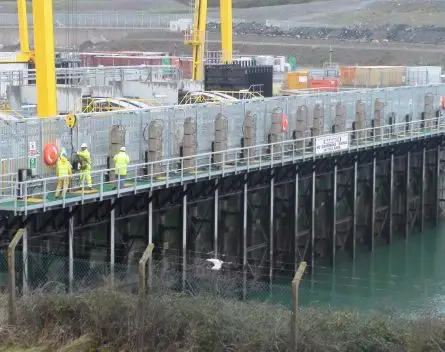Check out our dedicated minisites for Hinkley Point C and Sizewell C for more information on their predicted impacts on Fragile Fish in UK waters
![]()
Fragile Fish
FGS recognises the importance of protecting and sustaining populations of fragile fish when developing guidance and deterrence systems.
Many fragile fish would be at risk if physical screens were used at water intakes, or if they were to be caught in nets. Pelagic species such as herring and shad have deciduous scales which shed when coming into contact with nets or screens, leading to rapid death through osmotic shock.
A more sustainable approach
Fortunately, trials and research have shown fragile species to be particularly sensitive to sound. Well-designed acoustic solutions have been successful in deflecting these fish, with SPA and SILAS systems achieving rates of over 95%.
Acoustic fish deterrents are identified as best practice by the UK Environment Agency, where up to 80% of species at coastal water intakes can be fragile pelagic species.
FGS has also developed specialist systems for fragile species that have the ability to detect ultrasound frequencies. These provide a particularly efficient means of control at hydropower and thermal power stations, where there is a need to deter gizzard shad, alewife and blue-back herring from plant intakes.
Visit the pages below for more information on the solutions available, as well as case studies exploring the work of FGS at various power stations.
Screening for Intake and Outfalls: a best practice guide
Certain fragile species of the family Clupeidae also have the ability to hear ultrasound frequencies (tens or hundreds of kiloHertz) and these have been used successfully to deter shads and herring species from power plant intakes. FGS Wide -Field High-Frequency systems have been developed just for applications with these species and provide a highly efficient method of fish control at hydropower and thermal power stations where they occur. They also provide a cost-effective replacement for older ultrasound systems that use multiple narrow-beam transducers.
Solutions for Fragile Fish
The following solutions are available









